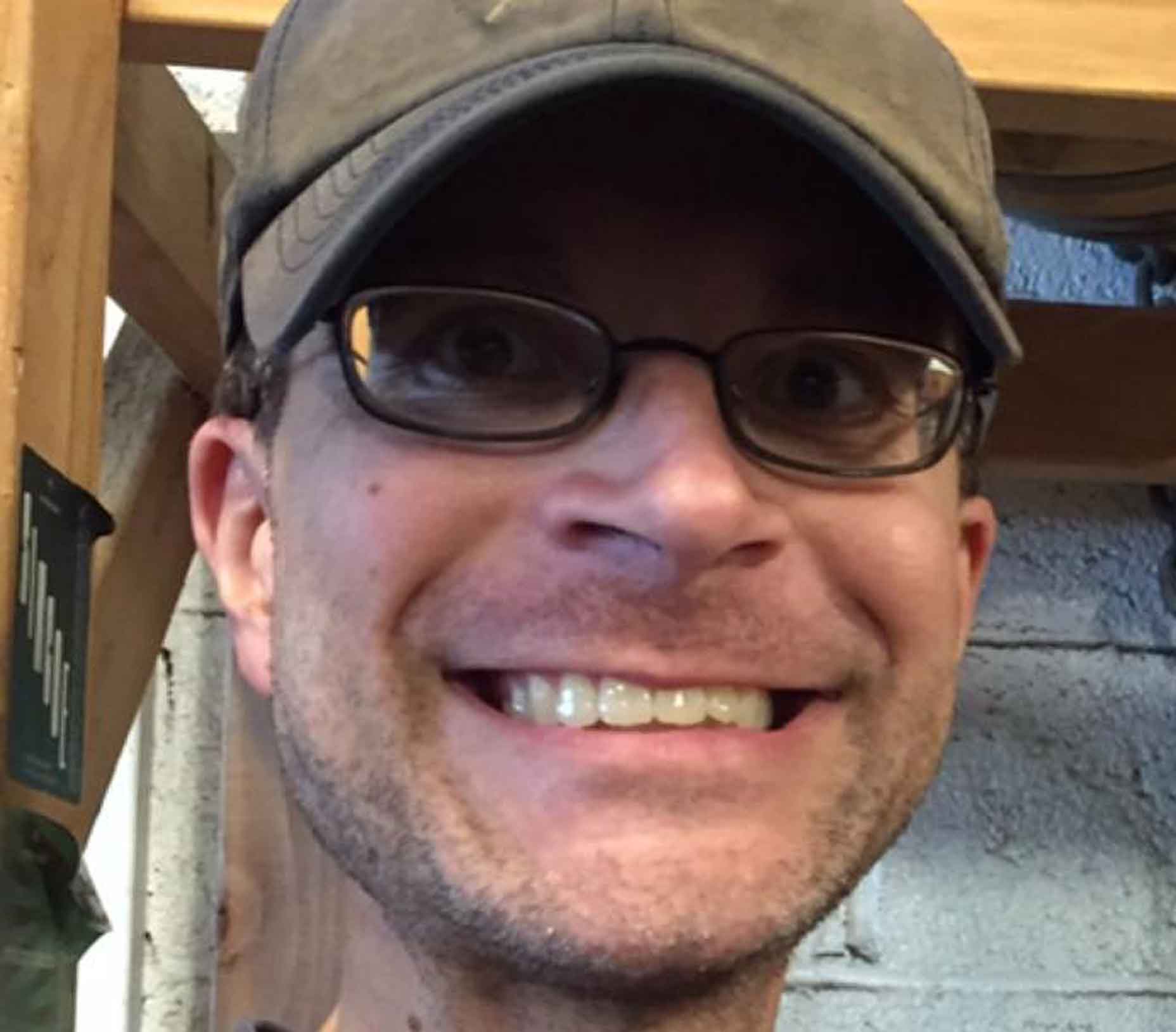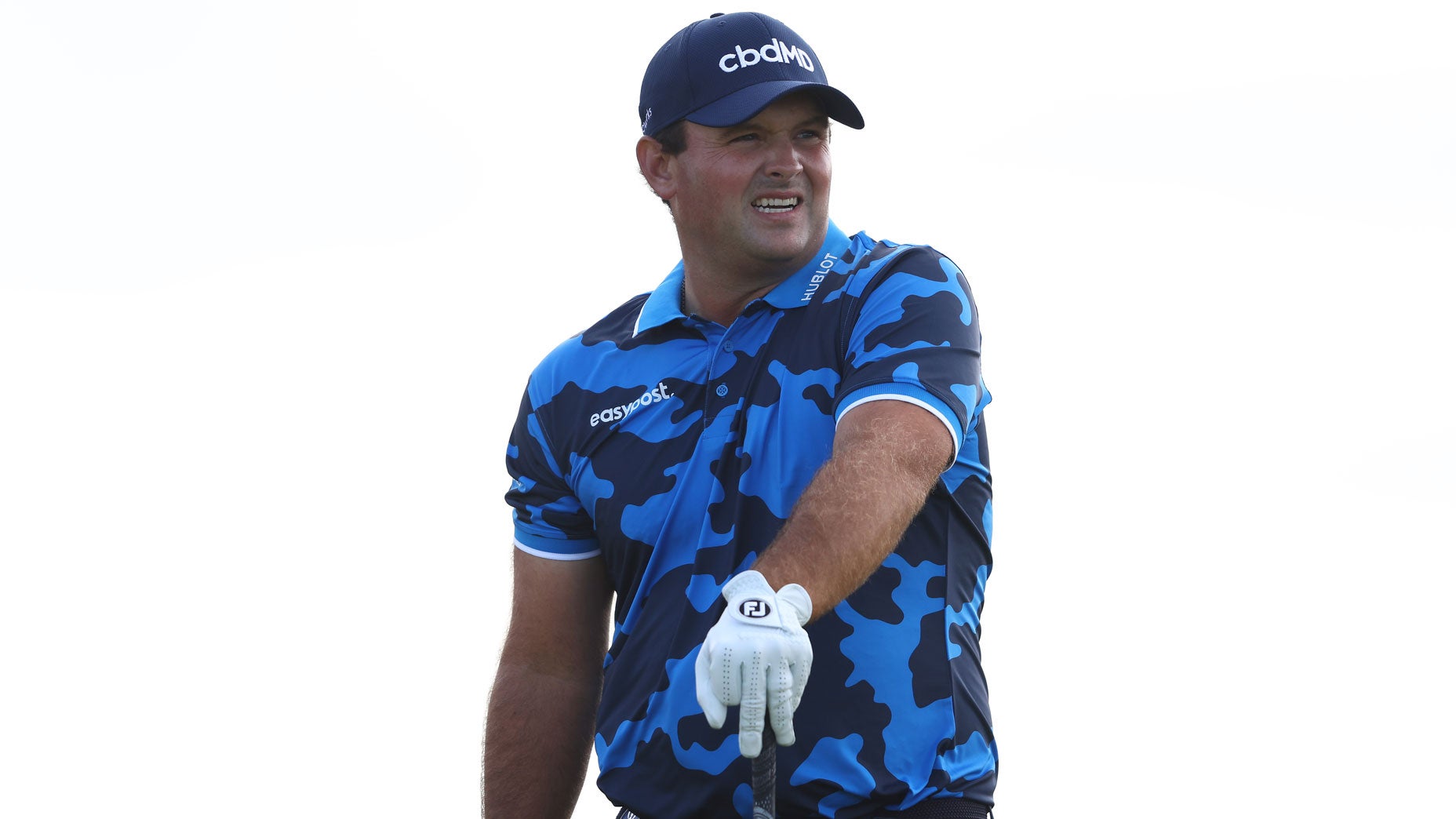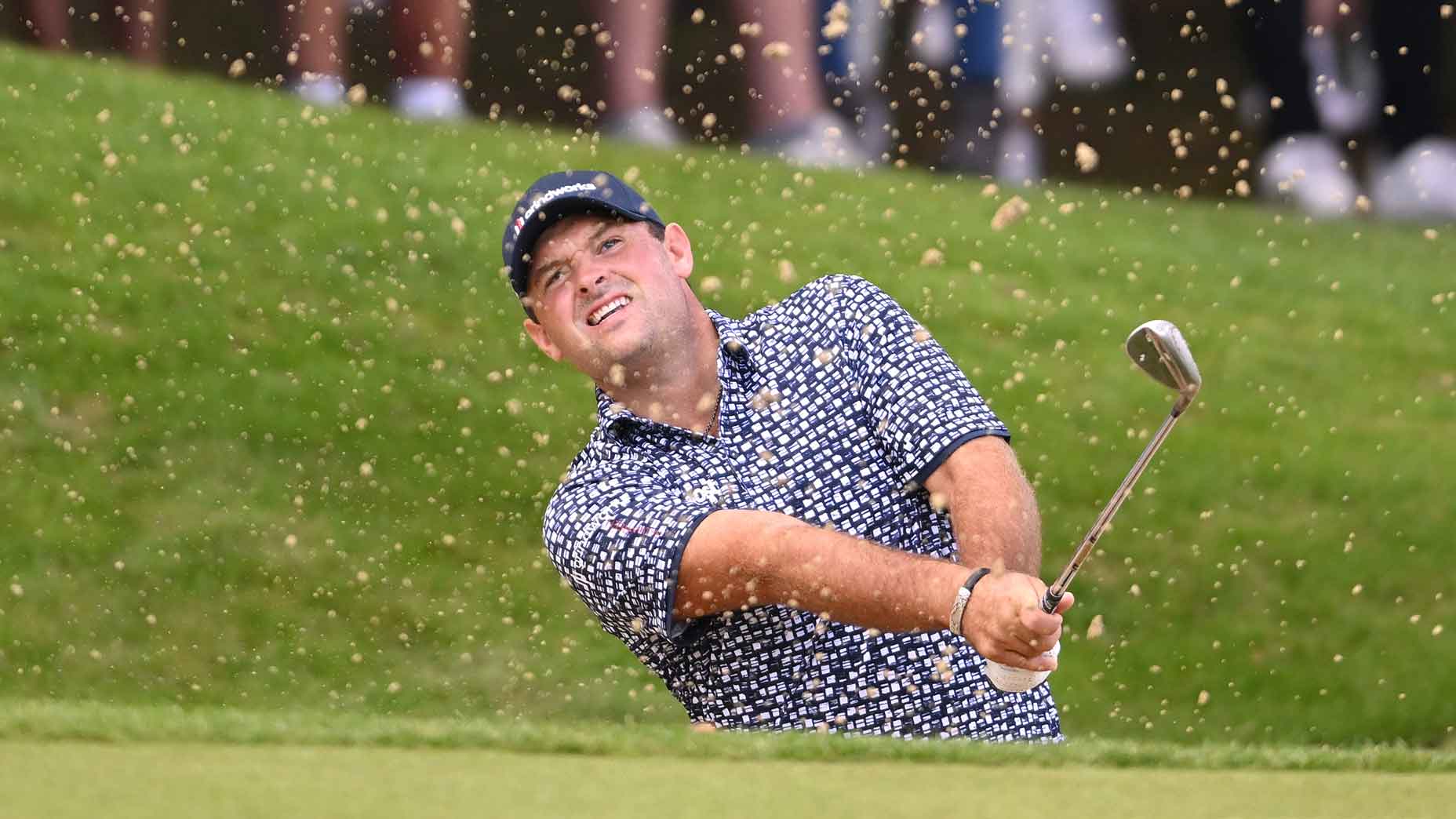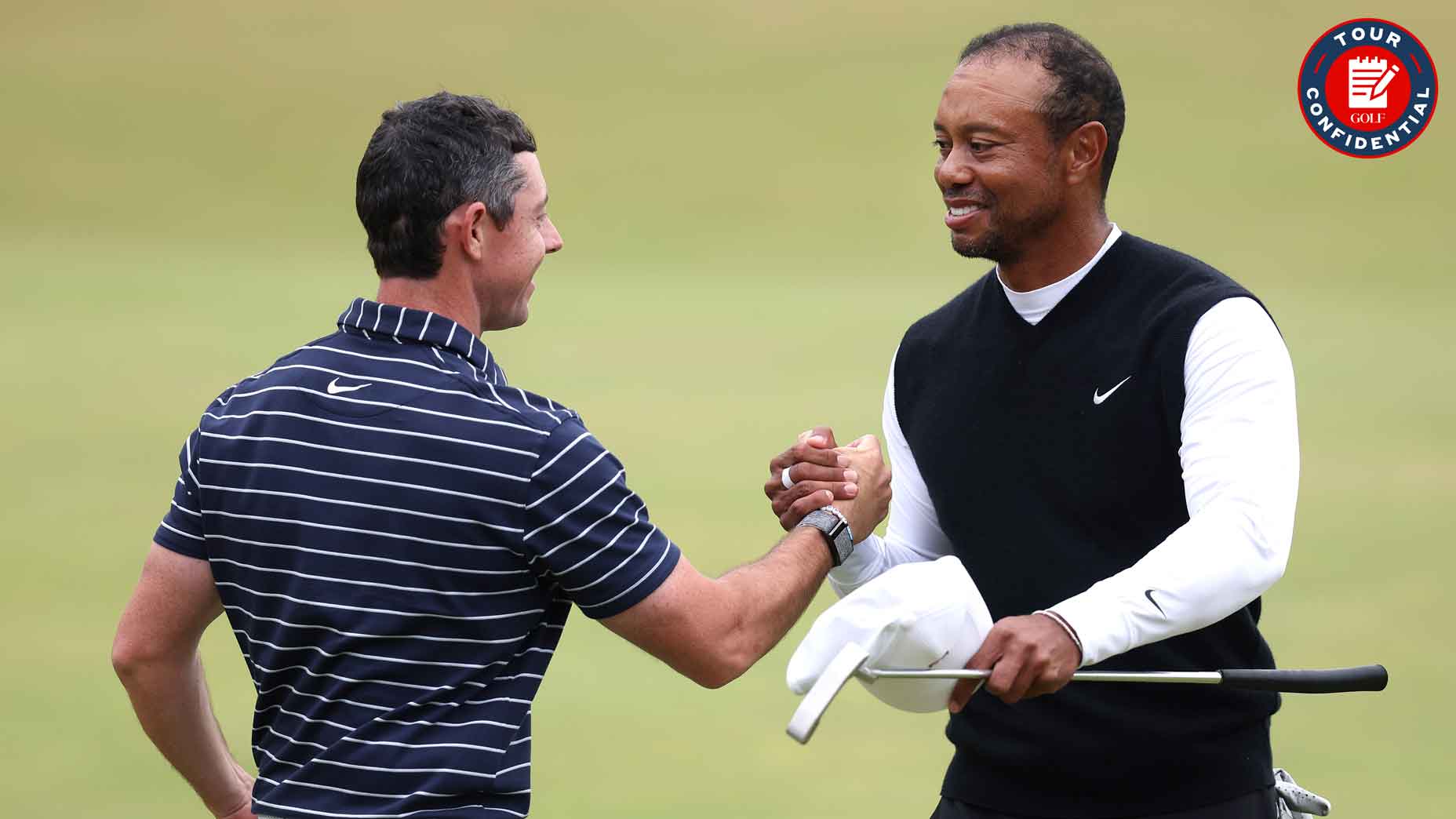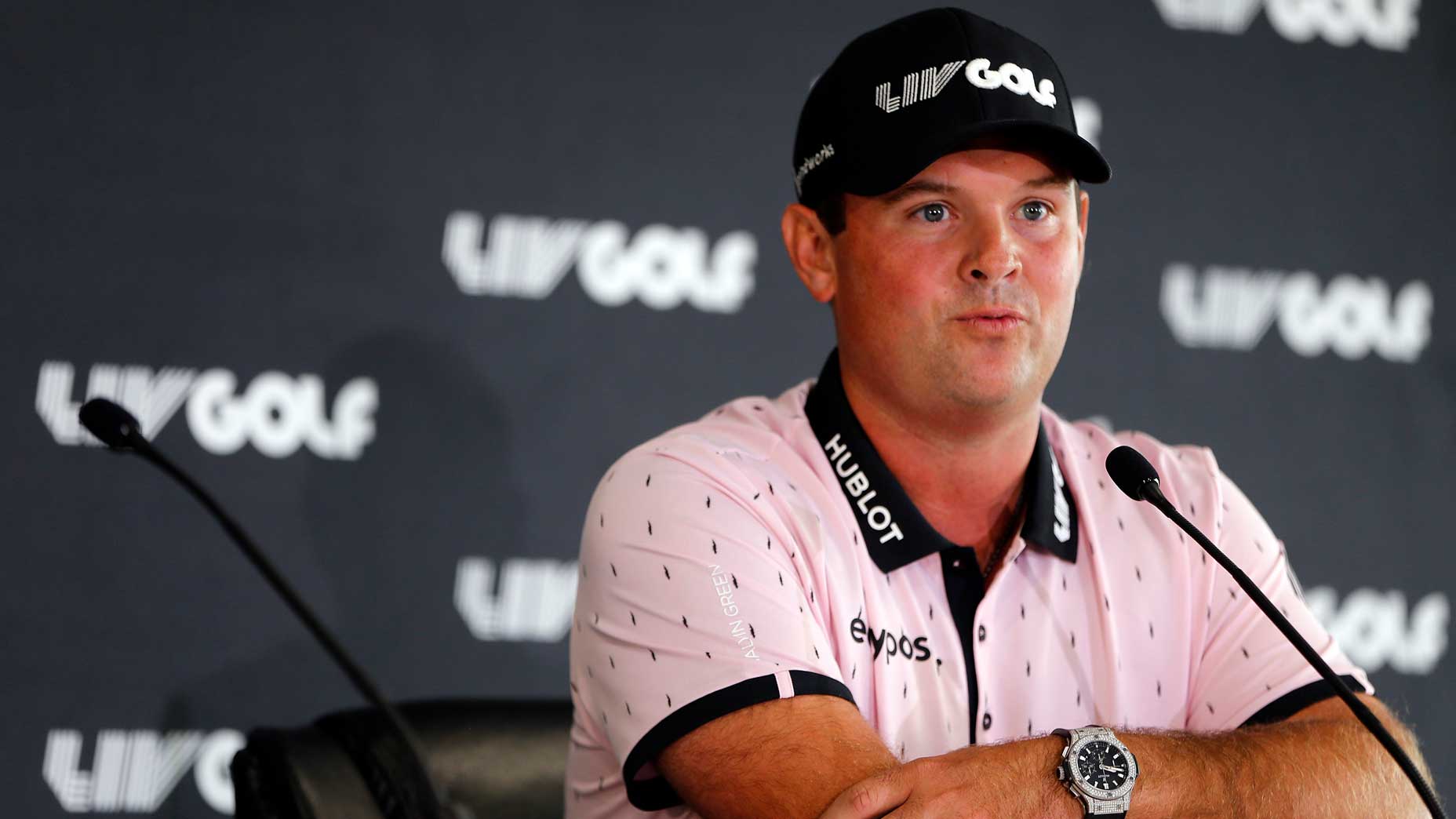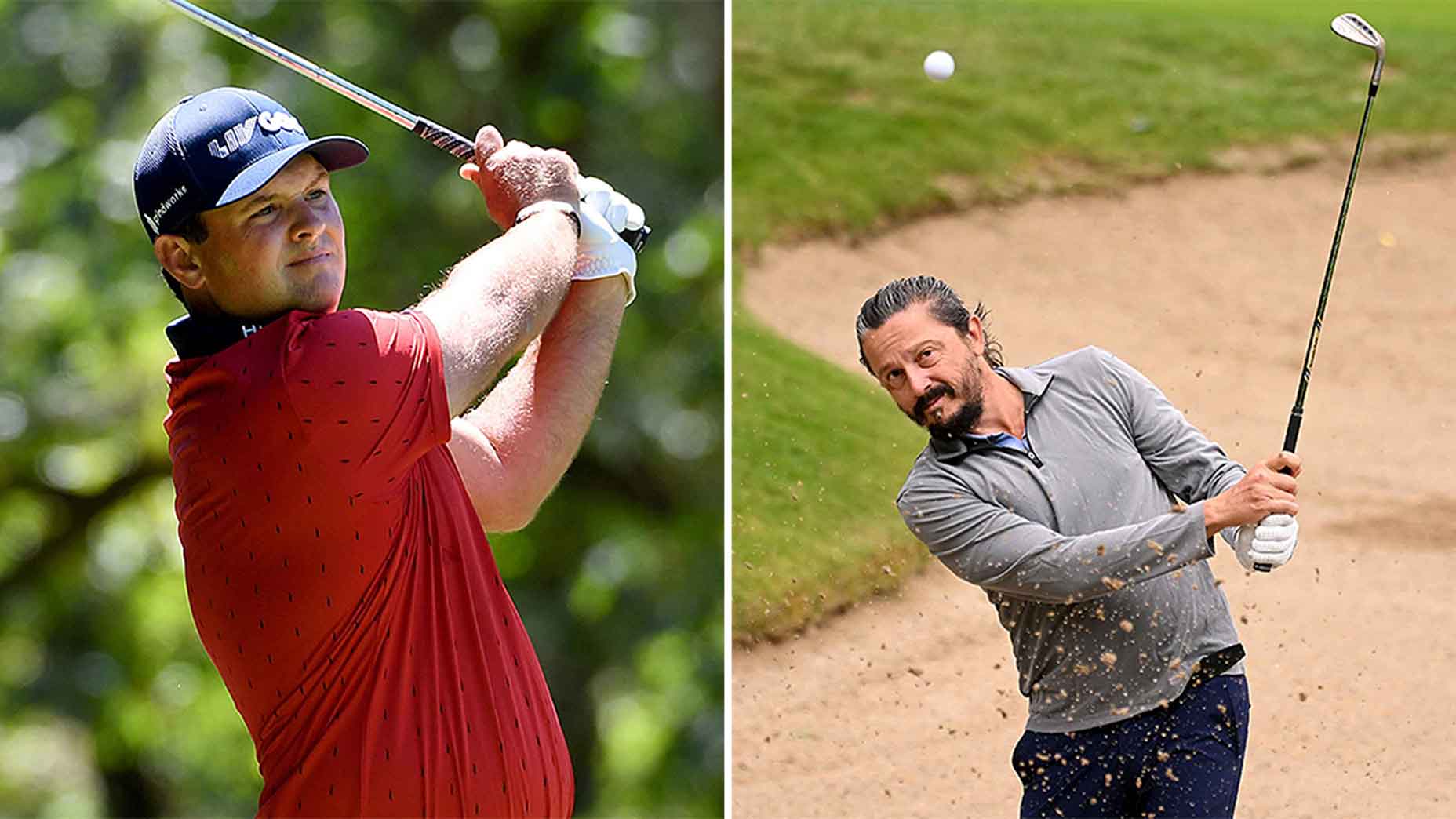Bounce? Or no bounce?
No Rules relief? Or Rules relief?
The hop in question came during Saturday’s third round of the Farmers Insurance Open. Patrick Reed, on the par-4 10th hole on the South Course at Torrey Pines, hooked his second shot, from the sand, short and left of the green. Reed said his ball embedded upon impact. CBS’ broadcast showed it take one bounce and nestle into the rough.
When Reed came to his ball, he talked with the nearby hole volunteer, then said to playing partners Will Gordon and Robby Shelton: “I’m going to check it if you say it didn’t bounce.” He picked his ball up to see if it had embedded, which is allowed under Rule 16.4, which says: “If you reasonably believe that your ball lies in a condition where free relief is allowed under the Rules, but you cannot decide that without lifting your ball, you may mark the spot and lift the ball to see if relief is allowed.”
Only then, Reed called for a Rules official.
Bounce-gate pic.twitter.com/m49mzqlghj
— Oma Golf (@oma_golf) January 30, 2021
“Right here, he’s just determining if his ball is embedded or not, so he’s looking to see if it’s actually below the surface of the ground,” rules official Ken Tackett said on the CBS broadcast. “Sometimes in this deep rough, it’ll nest and it will seem like it’s embedded, but he’ll get clarity here from a Rules official.”
Reed would twice tell Brad Fabel, a PGA Tour senior tournament official, that the ball did not bounce. Their exchange:
“Hey, bud, they say it didn’t bounce and so I checked it and I believe it broke ground, but I’m going to let you make that call,” Reed said to Fabel.
“What are you talking about?” Fabel asked.
“Embedded ball,” Reed said.
“Oh, where’s your ball,” Fabel asked.
“Since I picked it up to check, I mean it seems like it broke ground, but I want you to double-check,” Reed said. “They say it didn’t bounce.”
“Mind if I stick my finger in there?” Fabel asked.
“Might be the only way to check, isn’t it?” Reed said.
“Yeah, I feel a lip on it,” Fabel said.
“Yeah, I mean I thought so, but I just wanted to double-check,” Reed said.
Patrick Reed penalized for moving sand in waste bunker at Hero World ChallengeBy: Sean Zak
Reed took a drop, pitched his ball on and made a par. If it had been determined that Reed’s ball was not embedded, he would have had to play it from its original spot. The ball, in other circumstances, must be played as it lies, according to Rule 9.1.
Tackett said on the broadcast that Reed should have called over an official first and not lifted his ball beforehand. Reed told Golf Channel he lifted the ball before calling a Rules official over for “pace of play purposes.”
“So what a lot of the players do, as well as what I always do, is when you sit there and whether it’s an embedded ball or whether it’s a sprinkler head or anything, whenever we’re taking relief, we mark it and we check to see if it’s embedded first,” Reed said to reporter Todd Lewis. “Because if you lift it and you put your finger down and it’s flat down there, then you’re like, OK, the ball’s not embedded, you place the ball back as it lied and then you proceed on.
“If you sit there and you mark it or if you don’t mark it and you wait for a Rules official, it doesn’t help for pace of play purposes for groups, whether they’re behind you or you’re keeping up with the group in front of you. So a lot of the times, the main procedure that I’ve always done is, as well as what a lot of the other players do is they mark the ball to check first and if they feel that it is broken, they either go ahead and take the relief or they call over a Rules official, which, with the Rules of Golf, I always call over a Rules official.”
After his round, Reed was called into the scoring tent and watched a replay of the incident with senior tournament director John Mutch. Reed told CBS’ Amanda Balionis that Mutch told him that “what just transpired was textbook.”
“I wanted to know if he saw the ball bounce and neither he nor his fellow competitors saw the ball bounce,” Mutch said in his own press conference. “It’s pretty clear watching the video that he got to within 10 yards of the ball and asked the volunteer who was standing right there, ‘Did it bounce?’ and the volunteer said it did not bounce. So it was reasonable for him to conclude that that was his ball, it did not bounce and he was then entitled to see if it was embedded.”
But could Reed’s ball actually have bounced and re-embedded? Tackett said that was his interpretation.
A brief history of Patrick Reed’s highs and controversial lowsBy: Josh Berhow
“Obviously it jumped forward there, but in these soft conditions, the rough is, as we’ve all walked around here, you will occasionally get a ball that will impact and embed on its initial impact and then slightly impact and imbed on the second,” Tackett said on the broadcast. “When Brad Fabel came in, he looked at the scenario and the situation and identified that the ball had actually embedded in that second pitch mark.”
“OK, that’s the official line because as you can imagine the rest of the world is screaming at that one,” analyst Nick Faldo said on the broadcast.
“The optics are not good,” announcer Jim Nantz added.



